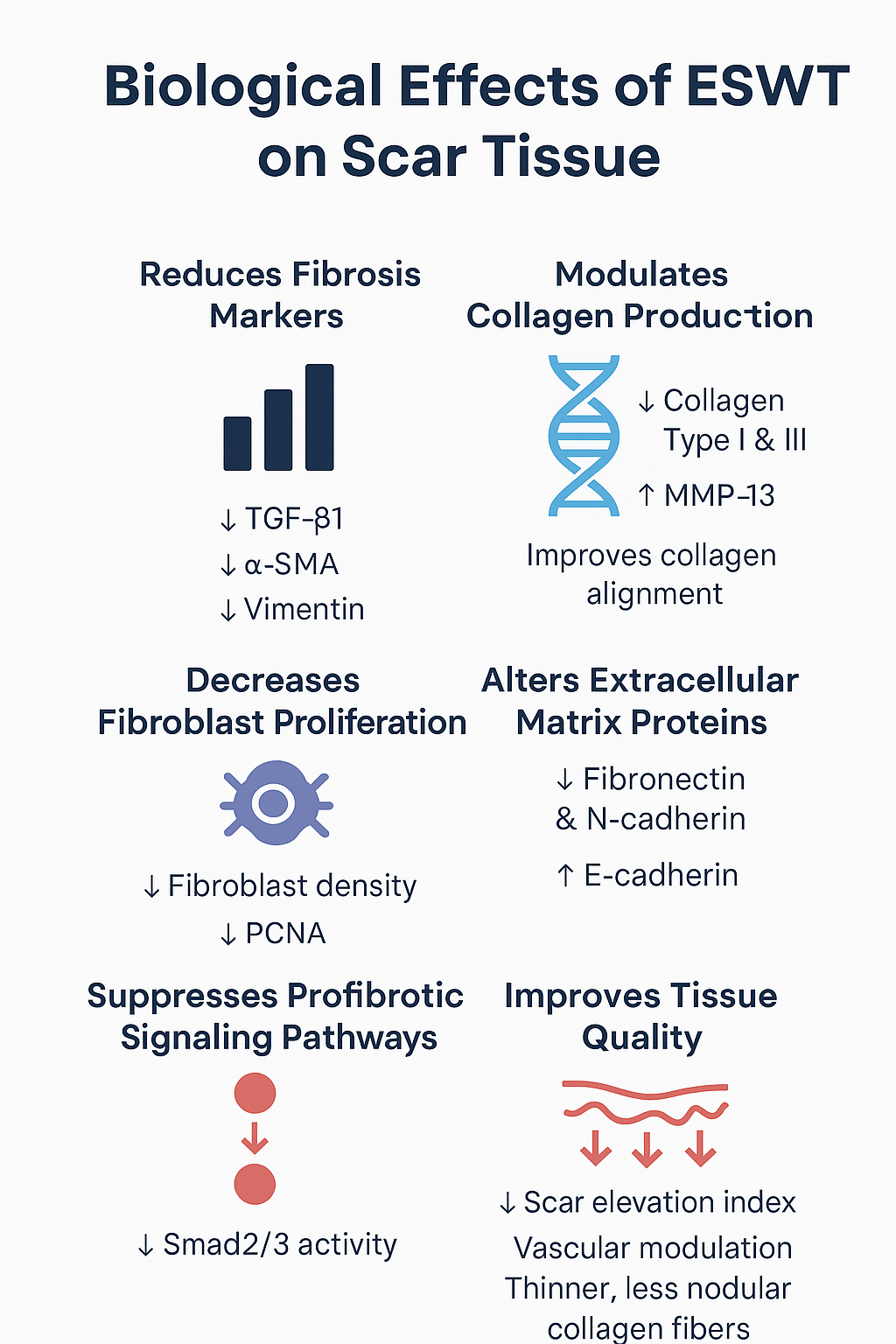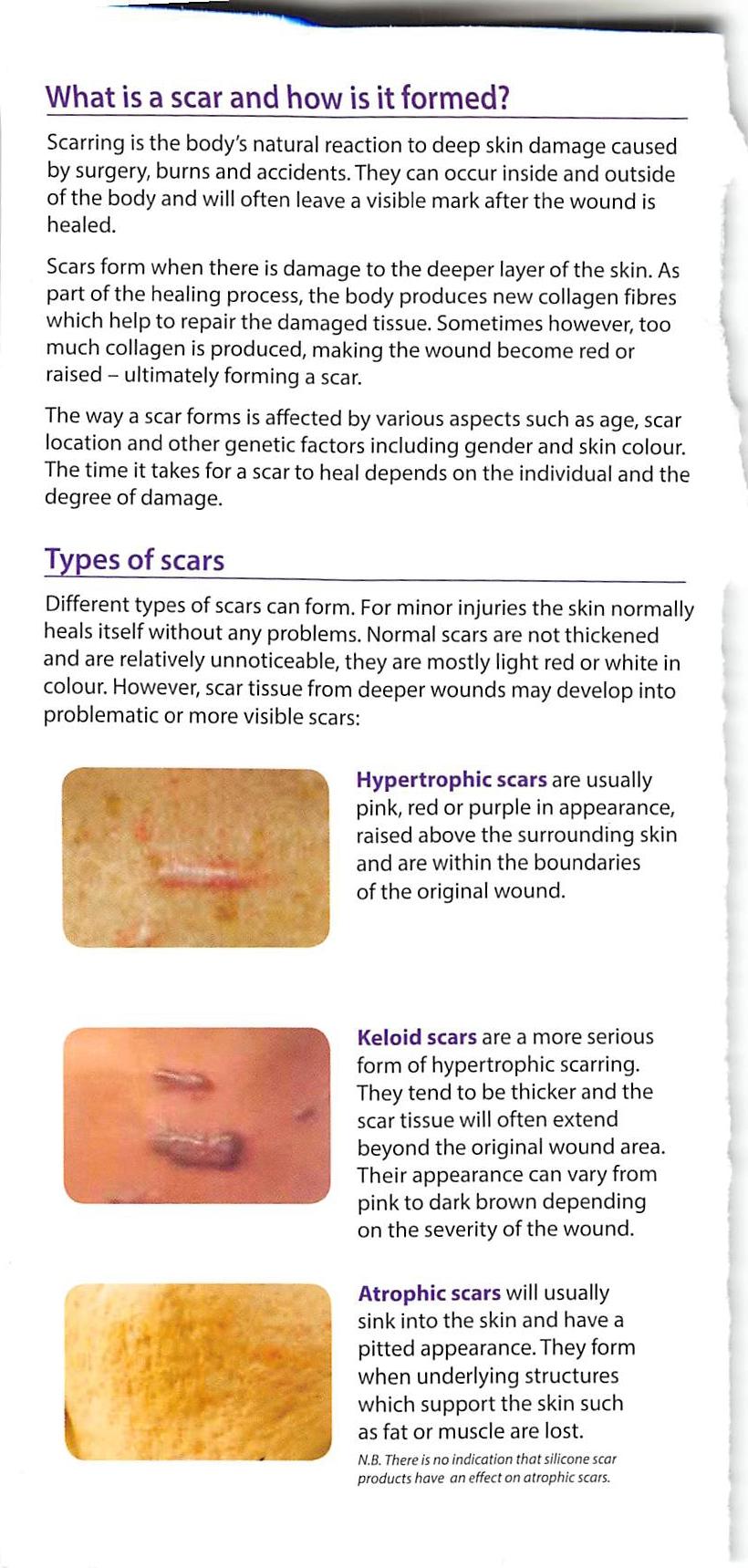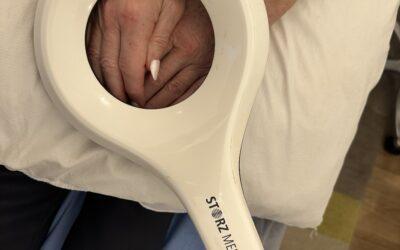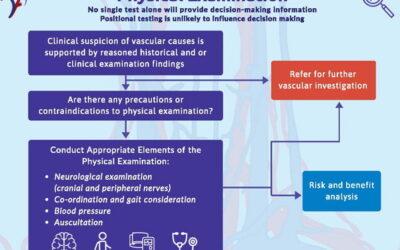How Focused Shockwave Therapy Can Help Transform Scar Healing: Insights from a Recent Advanced Training
After attending a comprehensive course with scar therapy expert Hannah Poulton last week, I’m delighted to expand my practice with evidence-based scar treatments that combine manual therapy techniques with cutting-edge focused shockwave technology.
Scar tissue—especially following procedures like C-sections, joint replacements, or soft tissue trauma—can leave behind tight, painful, or restrictive areas. Focused Extracorporeal Shockwave Therapy (fESWT), as supported by a 2024 systematic review by Gili et al., is showing strong promise for improving both the function and appearance of these problematic scars.
🔬 How does focused shockwave help scar tissue?
- It delivers precise acoustic energy deep into the dermal layers, triggering mechanotransduction—the biological cascade that stimulates:
- Reduced collagen density in keloid and hypertrophic scars
- Increased blood flow and angiogenesis for improved tissue oxygenation
- Fibroblast modulation, helping remodel thickened or disorganized collagen
- Pain reduction and restored elasticity, even in older or stubborn scars

-
- Reduces Fibrosis Markers
- ↓ TGF-β1 (Transforming Growth Factor Beta 1)
- ↓ α-SMA (Alpha Smooth Muscle Actin, marker of myofibroblasts)
- ↓ Vimentin (linked to fibroblast activation)
- Modulates Collagen Production
- ↓ Collagen Type I & III (especially in keloids and hypertrophic scars)
- ↑ MMP-13 (Matrix metalloproteinase involved in collagen breakdown)
- Improves collagen alignment (less dense, more organized)
- Decreases Fibroblast Proliferation
- ↓ Fibroblast density in scar tissue
- ↓ PCNA (marker for cell proliferation)
- Alters Extracellular Matrix Proteins
- ↓ Fibronectin and N-cadherin
- ↑ E-cadherin (promotes normal cell adhesion and epithelial behavior)
- Suppresses Profibrotic Signaling Pathways
- ↓ Smad2/3 activity (key mediators in TGF-β signaling)
- Improves Tissue Quality
- ↓ Scar elevation index
- ↑ Vascular modulation (reduced hemoglobin and erythema)
- Thinner, less nodular collagen fibers
-
Certainly! Here is a concise summary of the biological effects of Extracorporeal Shockwave Therapy (ESWT) on scar tissue, as described in the systematic review by Gili et al. (2024):
🔬
Biological Effects of ESWT on Scar Tissue
- Reduces Fibrosis Markers
🧪 What does the research say?
- Focused shockwaves were shown to significantly reduce scar thickness, pain, and itch in both clinical and preclinical studies.
- ESWT was equally effective as steroid injections for treating keloids—and even more effective when used together.
- Improvements were recorded in functional movement, hand dexterity, and patient-reported scar discomfort in studies involving post-surgical and burn scars.
🎯 Why combine it with hands-on therapy?
By integrating fESWT with gentle manual therapy techniques learned on Hannah’s course—such as skin rolling, myofascial release, and sensory retraining—we can:
- Enhance treatment outcomes
- Support emotional wellbeing around post-surgical scars (especially after C-section)
- Empower clients with tailored home care plans
As someone who has used focused shockwave for over 10 years in musculoskeletal care, it’s exciting to now bring this technology to scar rehabilitation. Whether you’re recovering from abdominal surgery, joint replacement, or a traumatic injury, there are new, non-invasive options that may help you feel more comfortable in your body again.




